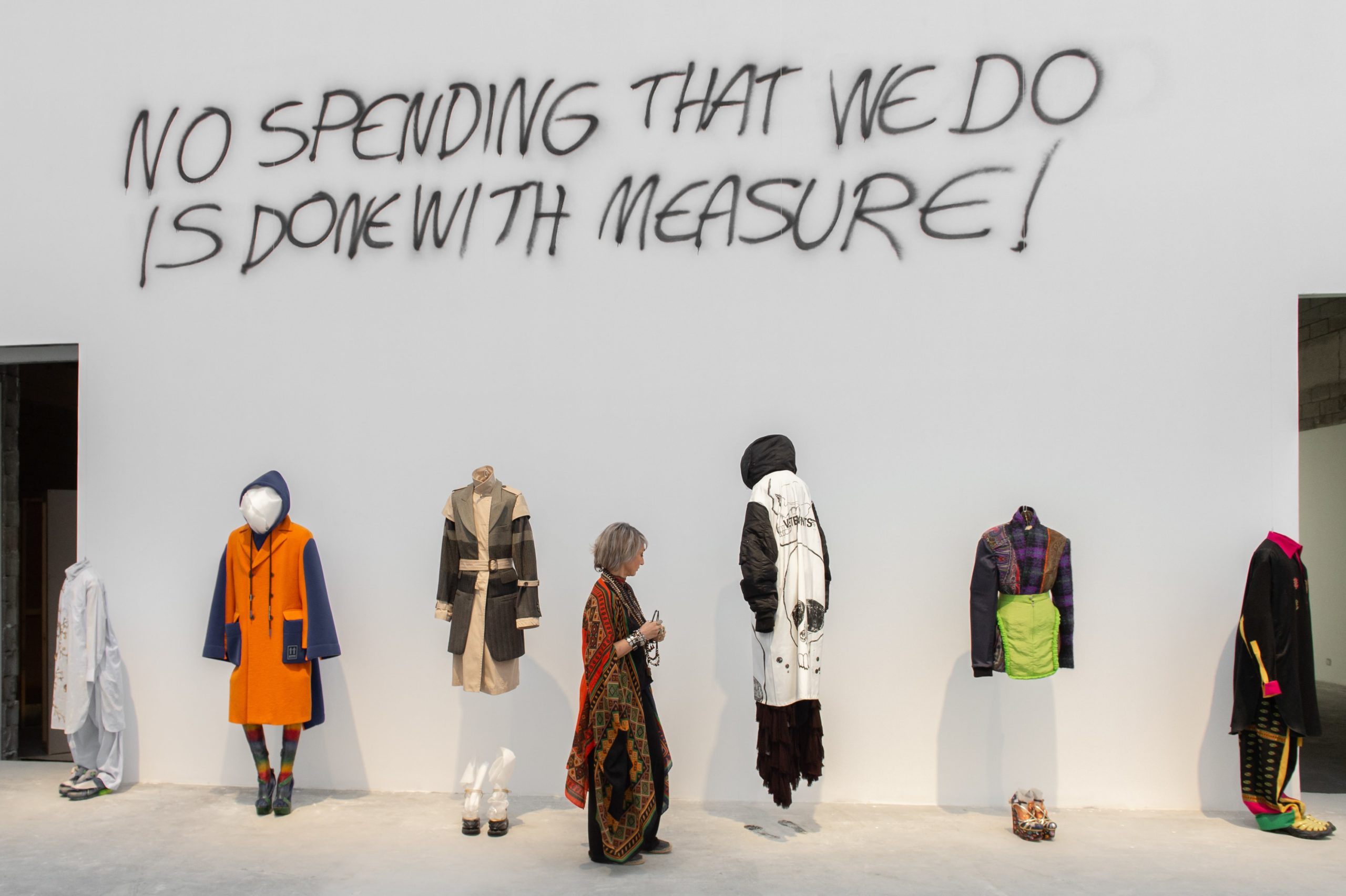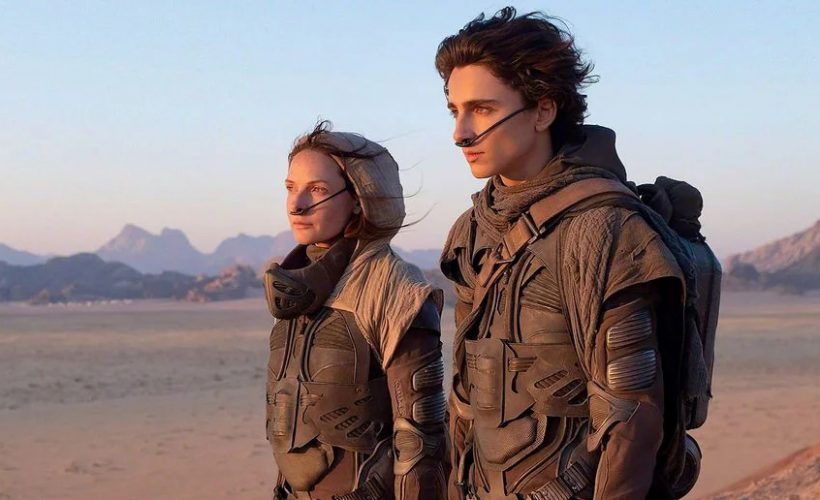Lifestyle
2.19.2020
The 7th edition of 21,39 Jeddah Art festival sends its love declaration to the planet

From February to April 2020, the city of Jeddah welcomes the 7th edition of 21,39 Jeddah Art: a cultural festival founded to support the growing local art scene in Saudi Arabia.

Entitled “I love you urgently”, the central exhibition of this year sounds like a declaration of love to the planet. Like a poetic and political statement which explores tangible solutions inspired by nature to better inhabit the earth. Through a serie of exhibitions, commissions, talks and debates taking place in the gallery spaces of the Saudi Art Council and the historic city center of Jeddah (al-Balad), participants are invited to address ideas of biomimicry, the imitation of the models and elements of nature in solving complex human issues. We met its curator for the 7th edition, Maya Al Khalil, previously founding director of Athr Gallery from 2009 till 2016.

The title of the festival central exhibition is “I Love You, Urgently”. What is the idea behind this love declaration?
As a curator of the 7th edition, I wanted to bring in a creative engagement with environmental issues and a serious reflection on the human impact on the natural environment at a time when Saudi Arabia is undergoing tremendous social and infrastructural change. I Love You, Urgently embraces the problems of language in relation to the environmental emergency. Amidst of the plethora of scientific evidence proving the impending catastrophic impact we have imparted and continue to do so on our environment and the potential irreversibility of this impact, there is an overarching paralysis in taking action. We are comfortable adopting a posture of powerlessness. At a time when oceans are rising in tandem with hatred, the title is a reminder that ‘love’ still has the power to move us to action and the urgency of its expression is vital.

What is the role of artists in the environmental cause, according to you?
To build awareness, to sensitize and to encourage public engagement. A priori, artists are perceived as independent voices that can imagine action and entice our communities to imagine it themselves. For change to happen, we have to imagine it first. We need to urgently start imagining the world we want to live in.

How the artists exhibited manage to address the climate change challenges through their practice?
The majority of the work presented in the exhibition are personal commentaries on the environmental realities explored within the artists’ spheres and the outcome of extensive research. The study of ecosystems and natural forms offers new organizing principles, models for communities to function in more equal and progressive ways. This inspired the work of Daniah Al Saleh and Farah Behbehani who looked at fractal patterns and the diffuse, complex networks of microorganisms as forms of self-sustaining care and respect. Duran Lantink presents an alternative to fast fashion through pieces created from donated fabric. Ayman Zedani shifts perspectives and comment on the immeasurable impact oil has had on our environment in only one hundred years. He takes a long view of the story of the Saudi Arabian Peninsula, considering this contested resource thought the life, death and resurrection of ancient fungi known as Prototaxites.

One of the main themes found in the exhibition is biomimicry. How artists have managed to play with that scientific and technological findings?
Through research. Biomimicry provided an inspiration for the majority of artists to address social and environmental issues. Filwa Nazer looked at the anatomy of insects found in Saudi Arabia to present a work that comments on the value of camouflage as a defense tactic and translated this into a social comment on the state of her society where mimicry becomes invisibility and possibly disappearance. Manal Al Dowayan looked at the Desert Rose, an ephemeral sand formation, as a symbol for transience and change, particularly the changing status of women entering the public sphere of Saudi society.
popular

